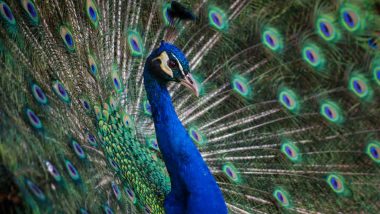According to a new study, attractive species are at the higher risk of getting extinct. A new study from the Center for Ecology and Conservation at the University of Exeter found that sexual selection in ancient animals determined if species will survive or not. A research published in this week's journal Nature states that sexual dimorphism can make an animal go extinct. It is when two sexes of the same species exhibit different characteristics beyond the differences in their sexual organs.
Sexual dimorphism can be seen in peacocks. The birds have evolved with big colourful tails. The opposite sex considers the one with bigger tale the more attractive. The researchers said that species with greater sexual or physical differences may go extinct 10 times more than others.
"The evolutionary costs of such traits help to enforce the honesty of the associated displays, but can also reduce the fitness of populations in general and thereby increase the risk of [the]population," Tech Times quoted researchers of University who conducted the survey.
For the survey, the researchers studied fossils of 93 species of ostracods, also known as seed shrimps which lived 84 million years ago. They concluded that seed shrimp evolved heavily in terms of their appearance which affected their survival factors. However, Jonathan Payne, a geological sciences professor at Stanford University pointed out that this theory might be only applicable to ostracods and not to human beings and other animals.
(The above story first appeared on LatestLY on Apr 13, 2018 07:27 PM IST. For more news and updates on politics, world, sports, entertainment and lifestyle, log on to our website latestly.com).













 Quickly
Quickly











